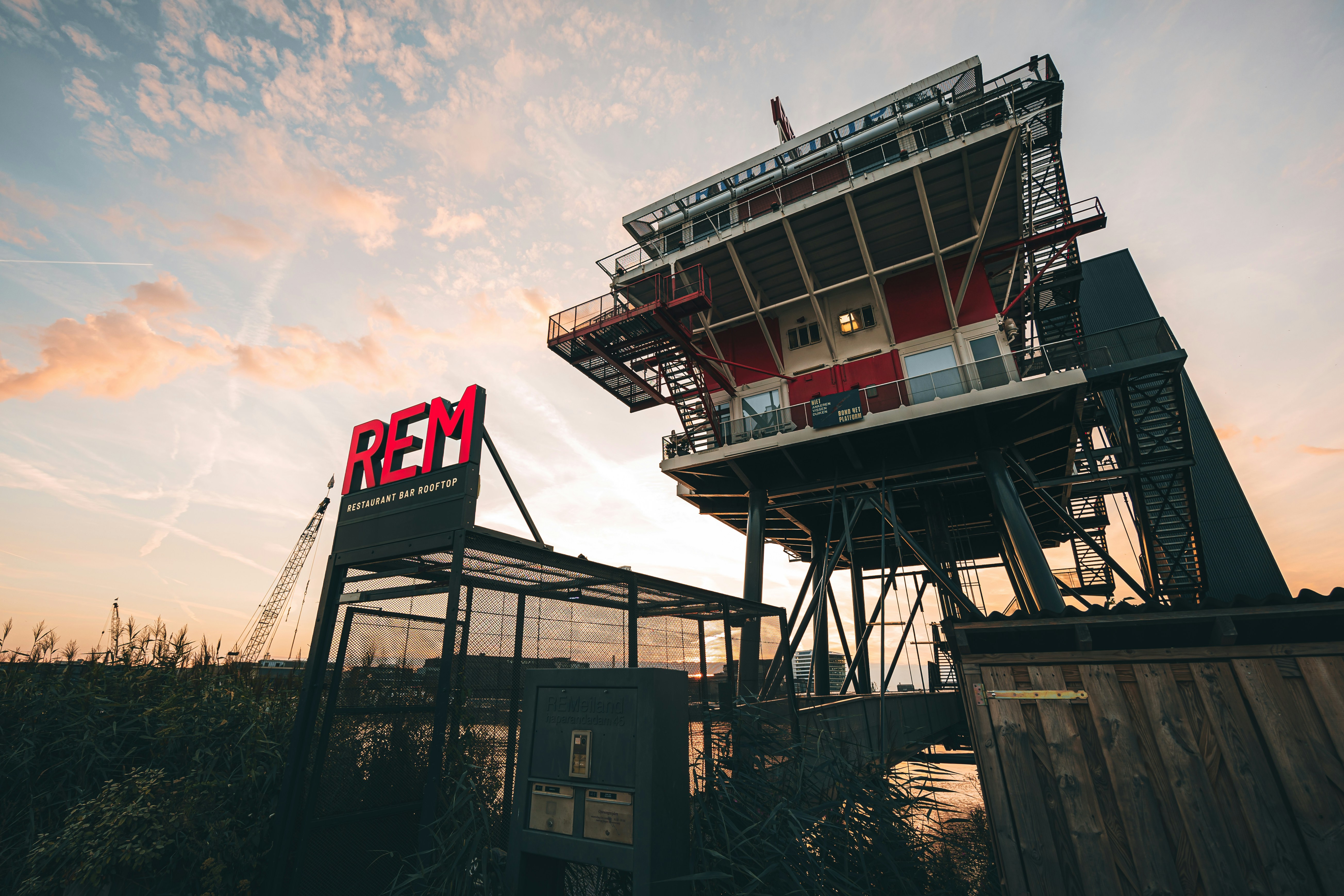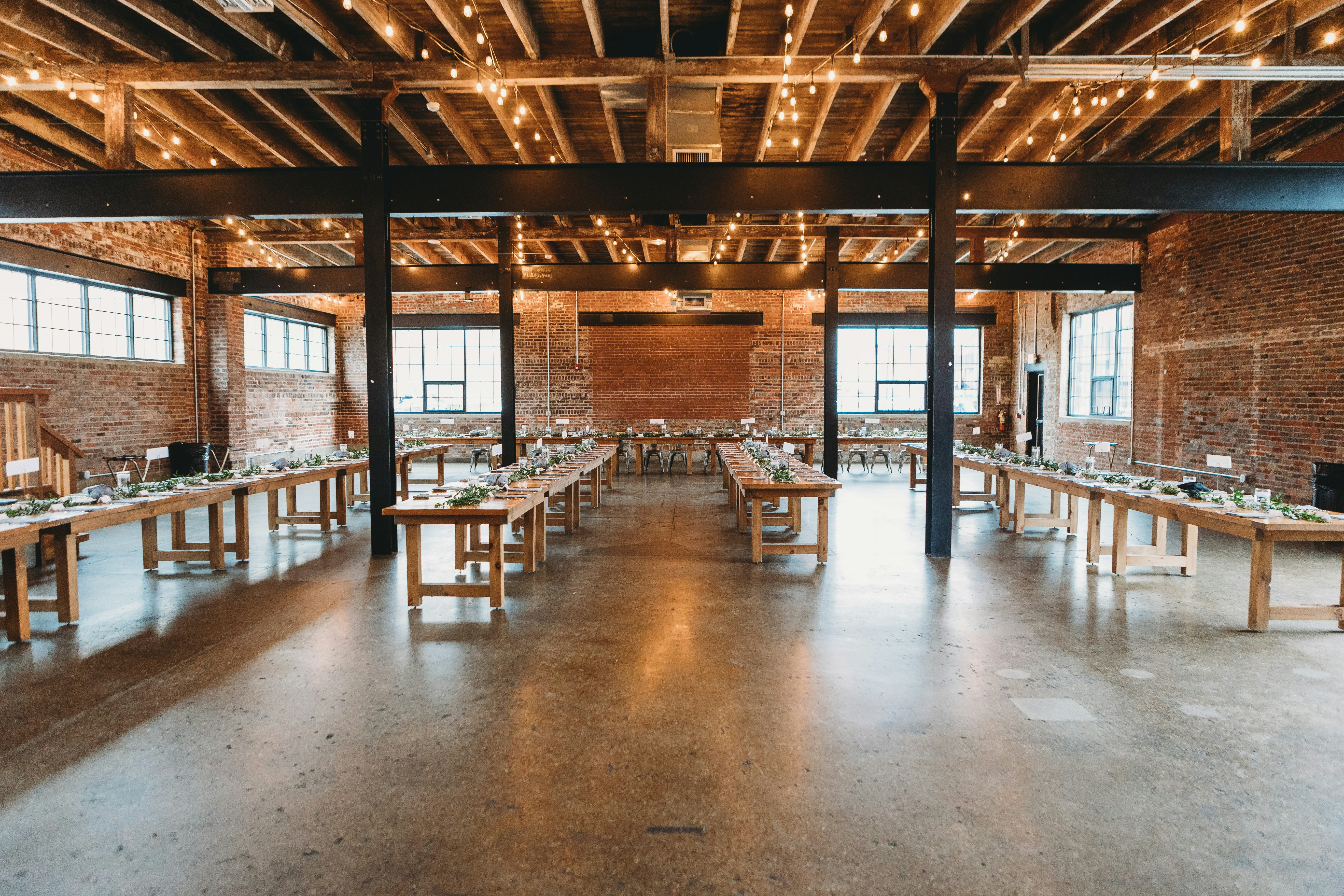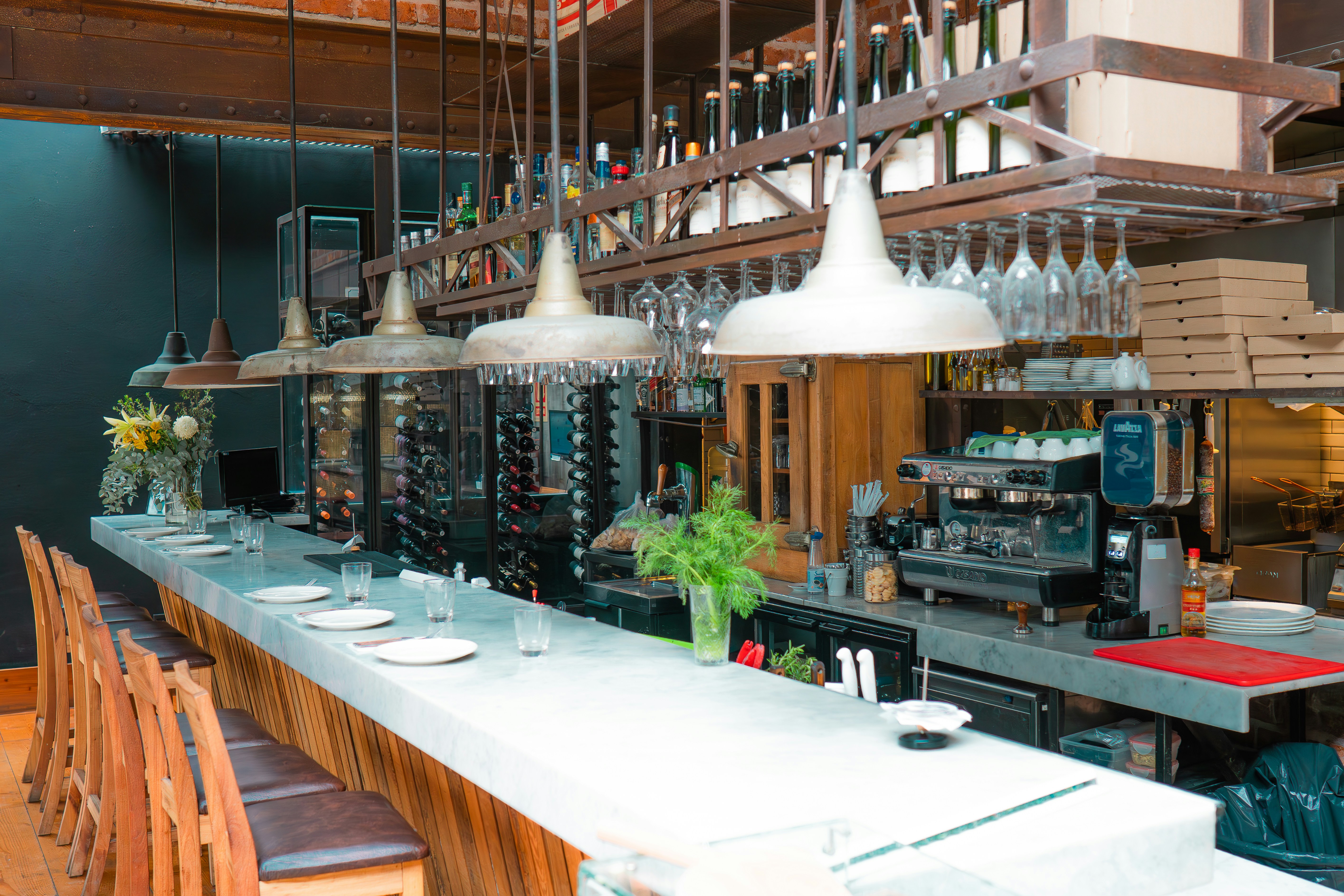The Shift to Smaller Restaurant Footprints: Trends and Operational Implications
Explore how the restaurant industry is embracing smaller store footprints to enhance operational efficiency, reduce costs, and meet evolving real estate needs.

Photo by Luca Cavallin on Unsplash

Photo by Luca Cavallin on Unsplash
Industry Trends Towards Smaller Store Formats
Recent announcements by prominent restaurant chains like Jamba, &pizza, Little General, and Checker's & Rally's signal a wider industry trend towards adopting standardized, smaller store formats. These strategic decisions to reduce store sizes have been driven by the need for cost optimization, increased operational efficiency, and flexibility in real estate requirements.

Photo by Luca Cavallin on Unsplash
Operational Efficiency and Cost Reduction
The shift to smaller store footprints is underpinned by a focus on operational efficiency. By streamlining workflows and maximizing space utilization, restaurants can create smoother environments that enhance operations and improve staff productivity. Optimizing kitchen layouts, reducing unused areas, and reorganizing storage spaces are key strategies employed to make the most of limited square footage.

Photo by Luca Cavallin on Unsplash
Flexibility in Real Estate Needs
One of the significant benefits of transitioning to smaller store footprints is the increased flexibility in real estate needs. By lowering land requirements, cutting construction costs, and enhancing operational efficiencies, restaurants can create models that are more accessible for business ownership. This adaptability to changing market dynamics and consumer preferences is essential for long-term success.
Navigating the Tradeoff Between Size and Sales
While reducing store sizes can lead to operational efficiencies, there is a potential tradeoff with sales. Shrinking kitchens may constrain production capacity, impacting the ability to meet customer demand during peak hours. However, restaurants are exploring innovative ways to redesign real estate prototypes without compromising kitchen capabilities, ensuring a balance between space optimization and revenue generation.